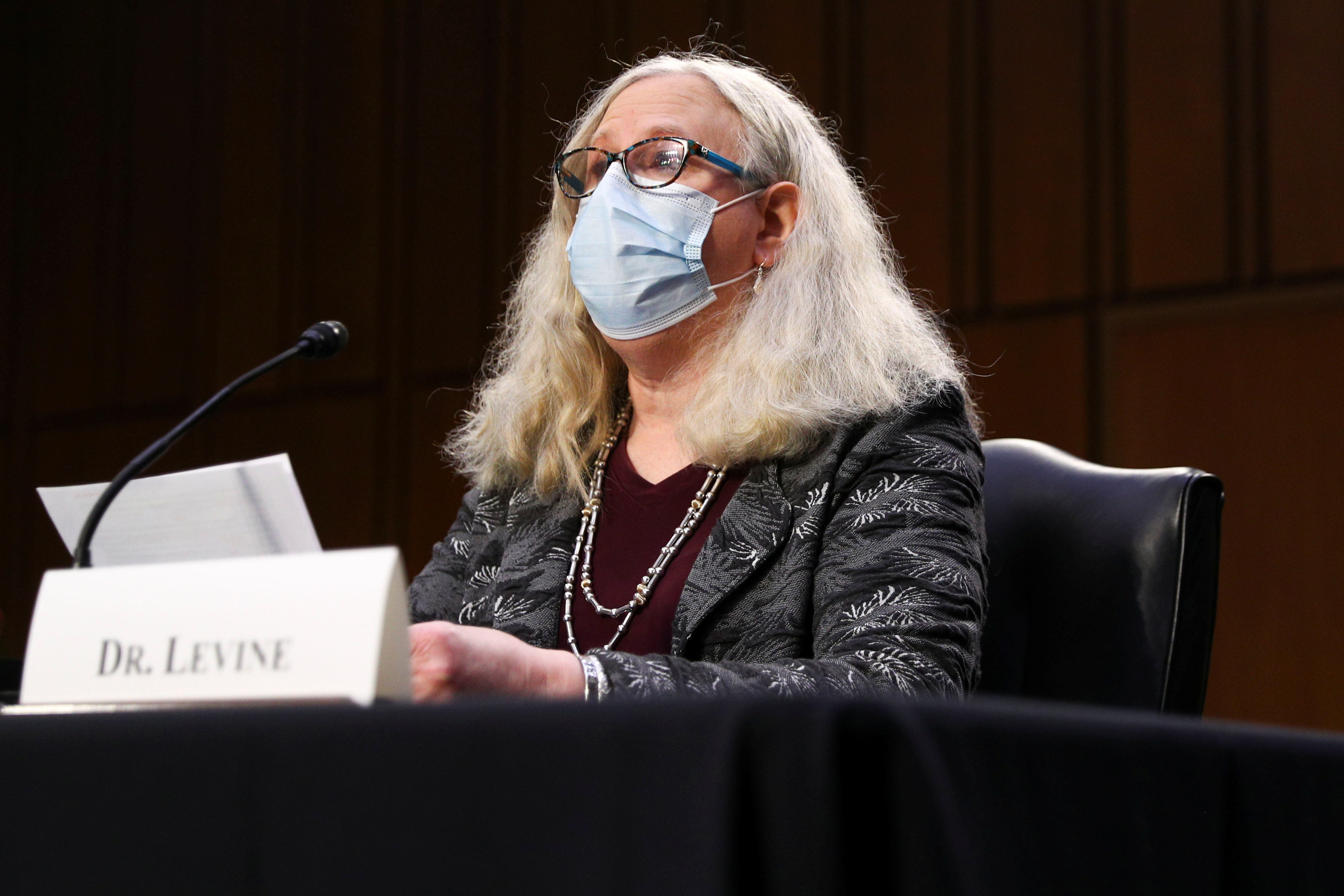HHS Calls to Reconsider Marijuana's Drug Category for Lower-Risk Classification
In a significant development that could reshape the legal landscape surrounding marijuana, the U.S. Department of Health and Human Services (HHS) has issued a call to reevaluate the classification of marijuana within the U.S. drug scheduling system. The proposal to move marijuana to a lower-risk category represents a potential shift in the federal government's stance on cannabis, reflecting evolving attitudes toward its medicinal and recreational use.
The Current Classification

Under the Controlled Substances Act (CSA) of 1970, marijuana is classified as a Schedule I substance, the most restrictive category reserved for drugs with no accepted medical use and a high potential for abuse. This classification has long been a point of contention, as it places marijuana in the same category as drugs like heroin and LSD, seemingly ignoring mounting evidence of its therapeutic benefits and relatively lower risk profile.

The HHS Perspective
The HHS, as the principal agency for enhancing the health and well-being of all Americans, has initiated a review of the scientific evidence surrounding marijuana's medical and societal impacts. This reevaluation aligns with the growing body of research highlighting the potential medical applications of marijuana, such as pain management, epilepsy treatment, and alleviation of symptoms associated with conditions like multiple sclerosis and cancer.
Furthermore, the HHS acknowledges that the criminalization of marijuana has disproportionately affected marginalized communities, contributing to social inequities and mass incarceration. By advocating for a reconsideration of marijuana's classification, the HHS is recognizing the need for a more balanced and evidence-based approach to drug policy.
Public Opinion and State-Level Changes
Public opinion regarding marijuana has undergone a significant transformation over the past few decades. A majority of Americans now support legalizing marijuana for medical and recreational use, according to various polls. Moreover, numerous states have already taken steps to legalize cannabis for medical and/or adult-use purposes, defying federal classification.
These state-level changes have highlighted the disconnect between federal and state laws, creating challenges for both law enforcement and individuals seeking to access marijuana for legitimate purposes. The HHS's call for reclassification reflects an acknowledgment of this discord and the need for a more consistent approach to marijuana policy across the nation.
Implications and Considerations
Moving marijuana to a lower-risk drug category could have several far-reaching implications:
-
Scientific Research: Easier access to marijuana for research purposes could facilitate a more comprehensive understanding of its potential benefits and risks, leading to informed medical recommendations and evidence-based policy decisions.
-
Criminal Justice Reform: Reclassification could contribute to the reduction of non-violent drug offenses and alleviate the burden on the criminal justice system, particularly on marginalized communities.
-
Medical Access: Patients in need of medical marijuana might face fewer legal and regulatory hurdles, ensuring they can access potentially beneficial treatments without fear of legal consequences.
-
Economic Opportunities: Reclassification could open doors for increased research, innovation, and economic growth within the emerging cannabis industry.

Conclusion
The HHS's call to reevaluate the classification of marijuana as a lower-risk drug is a significant step toward aligning federal drug policy with evolving public opinion and mounting scientific evidence. Such a shift could mark a turning point in the broader conversation surrounding drug policy, leading to more balanced regulations, improved patient access, and a more equitable criminal justice system. As this discourse unfolds, it will be crucial to prioritize evidence-based decision-making and consider the potential benefits of a more nuanced approach to marijuana classification.
